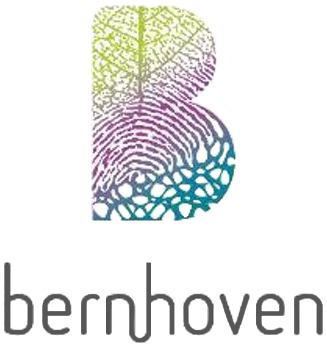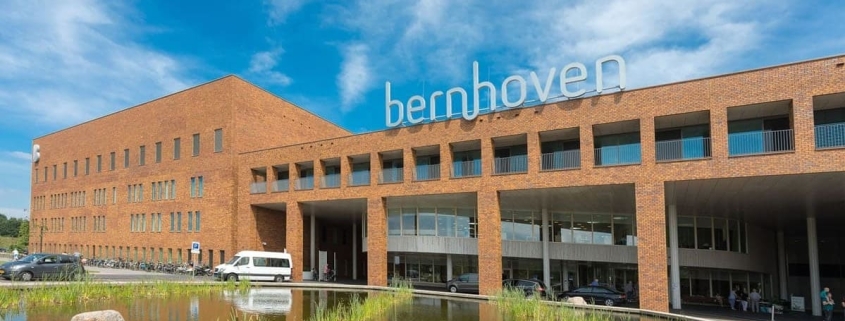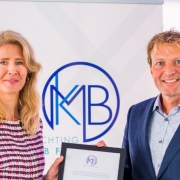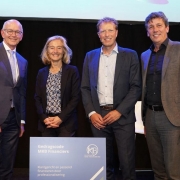Employee Participation | No Wage Sacrifice, but Profit for Employees during the COVID Crisis
A “Community Hospital” – The Bernhoven

Bernhoven Hospital – Logo
At the start of the Covid-19 crisis, the Bernhoven hospital in Uden was in the front line of the first outbreak in Brabant.
This hospital was also in the news positively because of its close relationship with employees and local residents. The hospital is partly funded by the employees, from medical specialists to cleaners. Since the hospital adopted a new governance model in 2014, it has also chosen to become a “Community Hospital” for the local community and for the employees.
Employee participation in Bernhoven
At Bernhoven Hospital, the first step toward employee participation was made by the medical specialists. When they became salaried employees in 2016, they invested the compensation they received for this in their own hospital.
In 2018, the other employees were also able to participate. All employees will also receive an annual participation of 100 euros for the next five years, instead of additional salary. In total, employees and local residents have now invested 20.5 million euros, on which an annual fee of 4 percent is now paid. Bernhoven’s ultimate aim is to give employees real shares in the hospital.
Loyalty, and A New Incentive for Employees
A recent poll by Stichting MKB Financiering and Ondernemend Nederland showed that 22 percent of entrepreneurs are open to letting staff participate and benefit from future profits through profit sharing. In start-ups, it has long been customary for staff to benefit from the growth of the company partly through options, in exchange for a lower salary.
Employee participation can encourage and reward employee loyalty. There are already more ideas alive internationally to enable employee share ownership, such as the Employee Ownership Trust in Scotland, the Mitarbeiterbeteiligung in Germany, and the Employee Stock Option Plan in the United States.
The Bernhoven hospital shows that employee participation is also possible for larger organizations. Internationally, the Spanish Mondragon is a good example of a cooperative organization with an annual turnover of 12 billion euros and 80,000 employees. But this could also be a good fit for many small and medium-sized companies, provided it is actively encouraged.
Several Practical Objections
There are certainly practical objections to employee participation, such as the valuation of holdings on purchase, exit from the organization, and the concentration of risk, as well as providing and trading holdings at low cost. However, it is possible to use the creativity of those involved at this time to experiment, so that we do not go under as a result of the crisis by accumulating even higher debts.
In the Netherlands, entrepreneurs and policy-makers are already working hard on contractual innovations and solutions to make employee participation possible, through organizations such as Eyevestor, The Share Council and Firm24.
Solutions: The Dutch Way
Various players in the Dutch ecosystem can play a positive role in employee participation: the government can make it fiscally interesting, financiers can help make it possible with their insights and services. Financial technology providers can provide the infrastructure and pension funds can also invest. Through participation, employees become employees. In this way, we are moving towards an economy that no longer consists of employers and employees, but of workers in value-creating communities.








